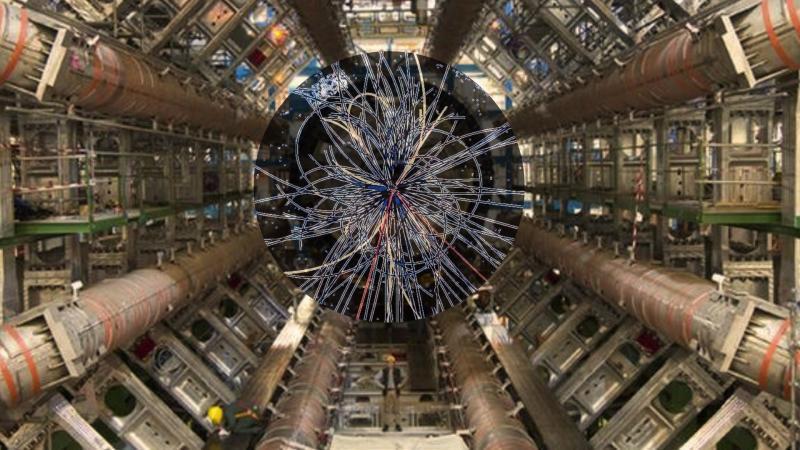
CERN Scientists Shedding Light on Antimatter & Universe’s Origins
The mysteries of the universe have long fascinated human imagination. From the dawn of time, scientists have been striving to unravel the secrets of the cosmos, and the Large Hadron Collider (LHC) at CERN is at the forefront of this quest. Recently, the ALICE collaboration, a team of scientists working at the LHC, made a groundbreaking discovery that sheds new light on antimatter and the origins of the universe.
The Quest for Antimatter
Antimatter, a fundamental concept in physics, is a type of matter that has the same mass as regular matter but opposite charges. The existence of antimatter was predicted by physicist Paul Dirac in the 1920s, and the first antimatter particles were discovered in the 1930s. Since then, scientists have been studying antimatter to better understand the fundamental forces of nature and the balance between matter and antimatter.
The ALICE collaboration, which involves over 1,000 scientists from around the world, has been conducting experiments at the LHC to study heavy-ion collisions. These collisions create extreme conditions, allowing scientists to produce exotic particles, including antimatter.
The Discovery of Antihyperhelium-4
Recently, the ALICE collaboration confirmed the first evidence of antihyperhelium-4 (4He), a type of antinucleus. This discovery is significant because it provides insights into the fundamental forces of nature and the balance between matter and antimatter.
Antihyperhelium-4 is an antimatter version of the nucleus of a helium atom, which is composed of two protons and two neutrons. The discovery of this antinucleus is important because it helps scientists understand how antimatter is produced and how it interacts with regular matter.
Implications for Our Understanding of the Universe
The discovery of antihyperhelium-4 has significant implications for our understanding of the universe. In the early moments of the universe, there was a brief period known as the “big bang” when the universe was extremely hot and dense. During this period, matter and antimatter were created in equal amounts, but for reasons that are still not fully understood, the universe ended up being dominated by matter.
The discovery of antihyperhelium-4 provides new insights into this process. By studying the properties of antimatter, scientists can gain a better understanding of the fundamental forces of nature and how they influenced the balance between matter and antimatter.
Enhancing Our Understanding of Matter-Antimatter Balance
The discovery of antihyperhelium-4 is also significant because it enhances our understanding of matter-antimatter balance. In the early universe, matter and antimatter were created in equal amounts, but as the universe cooled, the matter-antimatter asymmetry emerged. The discovery of antihyperhelium-4 provides new insights into this process, helping scientists to better understand how the universe came to be dominated by matter.
Conclusion
The discovery of antihyperhelium-4 by the ALICE collaboration at CERN’s Large Hadron Collider is a significant breakthrough in our understanding of antimatter and the origins of the universe. The study of antimatter is crucial to our understanding of the fundamental forces of nature and the balance between matter and antimatter.
As scientists continue to study antimatter, they will gain new insights into the early moments of the universe and the fundamental forces that shape our understanding of the cosmos. The discovery of antihyperhelium-4 is a testament to the power of human curiosity and the importance of continued scientific inquiry.
News Source:
https://researchmatters.in/news/exotic-antimatter-spotted-heavy-ion-collisions-lhc






